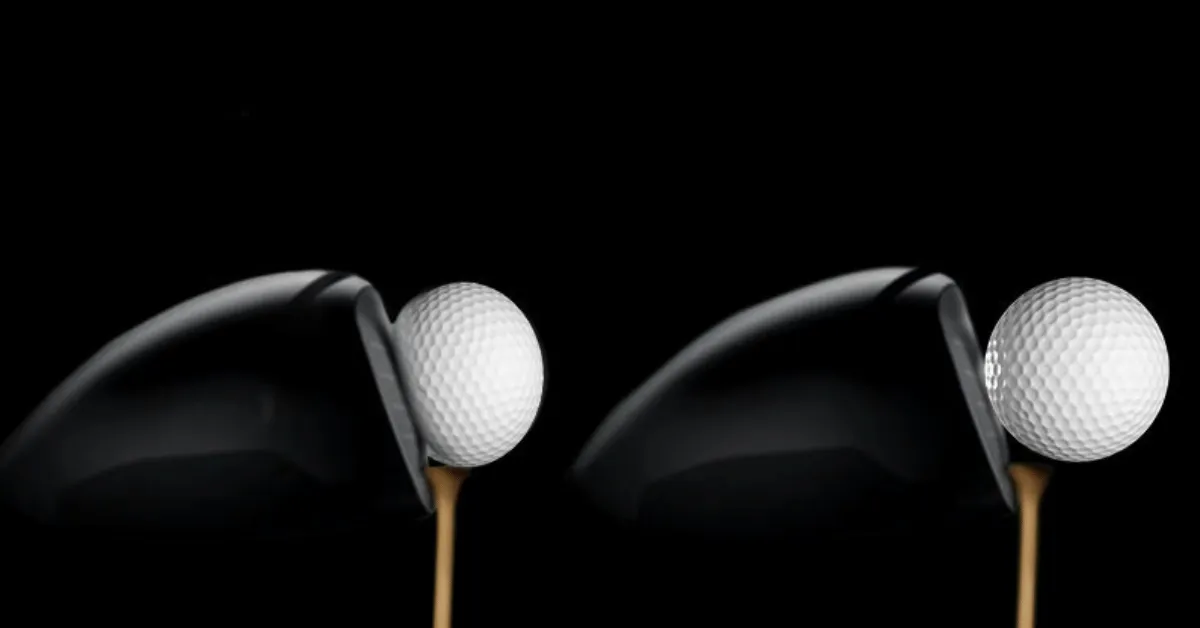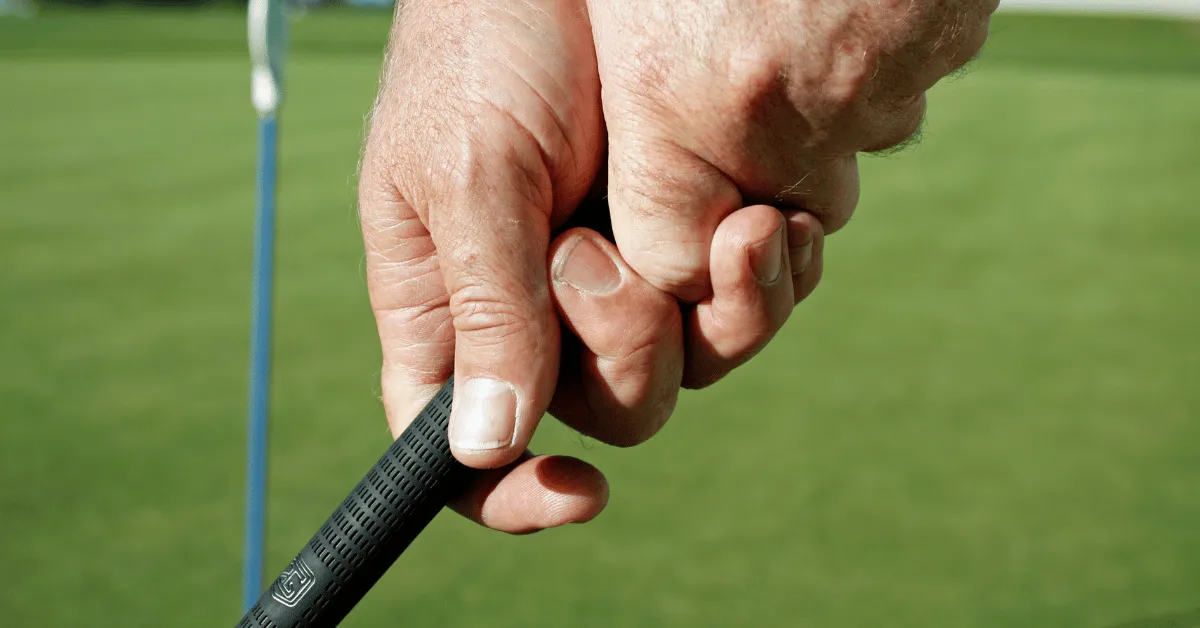Golf terms like ‘birdie’ frequently flutter around, it represents a great achievement for golfers of all skill levels. But what is a birdie in golf, and how to score one?
Birdies hold a special place in golf. Starting as a fun and slang term in early 20th century America, it became a measure of ability today. The birdie will always have a place among golfers.
They represent a score that is better than expected for that particular hole. It’s a shot that every golfer, from the professional to the amateur, hopes to get.
Being a golfer, I know how fun knowing about Birdie is, so I came up with this guide for you. On the way, you will learn about its origin and how to score one. Well, let’s dive deeper into it!
What Does Par Mean?
To understand what a birdie is, You first need to know what a par is. In golf, par is the number of shots an expert golfer should take on a hole. It’s essentially the “target score” for each hole.
The length and difficulty of a hole determine par. Generally:
- Par 3: Shortest holes, typically under 250 yards
- Par 4: Medium-length holes, usually between 251-470 yards
- Par 5: Longest holes, typically over 471 yards
For instance, Par-4 means an expert should take four strokes to get the ball to that hole. Par serves as the benchmark for measuring performance.
It’s the foundation for understanding other golf terms like birdie, bogey, eagle, and double bogey.
What is Birdie in Golf? Why is it Called so?
Birdie is a term that refers to a score that is one shot lower than the par of a specific hole. This is one of the main goals that every golfer aims for, no matter their skill level.
Let’s say, you’re on a par-3 hole and took only two shots to get the ball in the hole. Then, You have made a birdie.
The term birdie has quite an interesting background, and it belongs to the American golfing culture. Some thought it was invented in 1903 at the Atlantic City Country Club in New Jersey.
In the story, Ab Smith plays with his brother and friend when he makes a bird-like shot with one stroke that places the ball within inches of the cup for an easy putt. Pleased, he said it was a ‘bird of a shot.’
The group decided that if a player could get one under par on the hole, they would refer to it as a ‘birdie’.
This term was particularly appropriate during this early 20th-century American slang, where ‘bird’ refers to something excellent. Thus, the term “birdie” in golf is an incredible result.
Other Names for Birdie
While “birdie” is the most commonly used term, there are a few other names too:
- A “red number” as birdies are indicated in red on a scorecard
- An “under-par” since the score is under par for that hole
- A “deviation” from the expected par score
Scores That Make a Birdie
The specific scores that qualify as a birdie depend on the par rating of the hole:
- Par-5 hole: 4 strokes
- Par-4 hole: 3 Strokes
- Par-3 hole: 2 Strokes
It is essential for any golfer, who wants to get better, to get these scores. Birdies are crucial in golf, particularly for novices, as they denote a major accomplishment.
They show that a golfer has not only played to par but has played one shot better for a particular hole. This often takes a lot of effort, strategy, and sometimes a little luck.
How to Score a Birdie?
Scoring a birdie is a rare feat that requires skill, strategy, and mental focus. There is no fixed way to make a birdie, but some strategies can be used to increase chances. Here are they:
Master Your Short Game
To make birdies, one has to have a good short game that involves chipping and putting. A good putting means you will make the right birdie putts to help you score better.
In addition, chipping from various lie positions and distances helps get better birdie chances with a short putt.
Improve Your Long Game
A solid long game can significantly enhance your chances of scoring birdies. Concentrate on striking long shots in the tee area and fine short irons to get good long shots to the greens.
Patience and focus in this long game will lead to more green hits and birdie chances.
Course Management
Proper course management is crucial to getting birdies on the board. Make sure to study the features of the hole before taking a shot and work out a plan of action about possible obstacles.
It is also important to take shots cautiously at times rather than just taking a risky shot and possibly losing the ball.
Mental Toughness
Golfing is more about the preparation of the mind than the body. Control, attitude, and emotion are vital factors that can influence the number of birdies one will make.
Create a plan on how you will keep your mind focused on the current situation and not on past failures or future obstacles.
Practice and Repetition
It is worth practicing regularly to enhance the general performance and get the opportunity to shoot birdies.
Spend time on all phases of your game and pay particular attention to repetition and tempo in your swing and stroke. Of course, getting a birdie is not easy, but you should know, that it is possible if you work on it.
Stay patient, practice, and enjoy refining your skills while following the birdies.
Types of Birdies
While all birdies are scored the same way (one under par), there are different contexts and ways they can occur:
Birdie In the PGA Tour
On the PGA Tour, birdies are not rare – the best players make approximately 4-5 birdies per round. However, the competition is so stiff that birdies are viewed as just par for the course and do not necessarily increase the rankings.
Birdie For Mediocre Players
Birdies mean a lot more to amateur or mediocre golfers than to professionals. They are one of the few success stories that can be cherished in the modern world. Making the first birdie in the game is always a great achievement.
Big Birds
There are also some special names for multiple birdies in a single round:
- If two birdies are made on the same hole, it is a “fur birdie”.
- Making three straight birdies is a “turkey”
- Scoring birdies on every hole of a nine-hole stretch is a “rare bird”
Conclusion
A birdie in golf is when you score one shot better than par for that hole. It is something all golfers want to achieve.
For professional golfers, birdies happen often but still feel good. For amateur golfers, a birdie is very exciting and satisfying.
To score more birdies, you need good skills at driving, iron shots, chipping, and putting. You also need mental focus and course management skills. Practicing regularly helps too.
While birdies are hard, the great feeling you get from scoring one makes it worthwhile. Birdies motivate golfers to keep improving their game to have that joyful feeling more often.
FAQs
Is a bogey and birdie in golf different?
In golf, bogeys and birdies are opposite in terms of their performance on the par. A bogey entails one stroke over par on a hole, or a level slightly below average performance is considered.
On the other hand, birdie means that the player made the shot one stroke below the par, which is considered to be quite good. For example, on a par-4 hole, a bogey is 5 strokes and a birdie is 3 strokes.
What is an eagle in golf?
An eagle refers to scoring two strokes under par on any given hole. This is less common than a birdie and is considered a significant achievement. Examples include:
Scoring a 1 on a par-3 hole (also known as a hole-in-one)
Scoring a 2 on a par-4 hole
Scoring a 3 on a par-5 hole
What should a golfer do to improve the probability of scoring a birdie?
To increase the possibility of making birdies, golfers should work on their short game, particularly chipping and putting. Patience, learning and determination, good handling of the course, staying power, and frequent and regular practice are some strategies. So, birdies are made by skill, planning, and concentration.
What do birdies mean to professional players as compared to amateur players?
For the PGA tour players, birdies are a normal occurrence, and golfers average around 4-5 birdies in one round of golf. Though positive, birdies are often viewed as merely must-haves to remain competitive at this level.
To the casual or bogey golfer, birdies are of much greater importance. They are less in occurrence and are a highlight of their game.





0 Comments